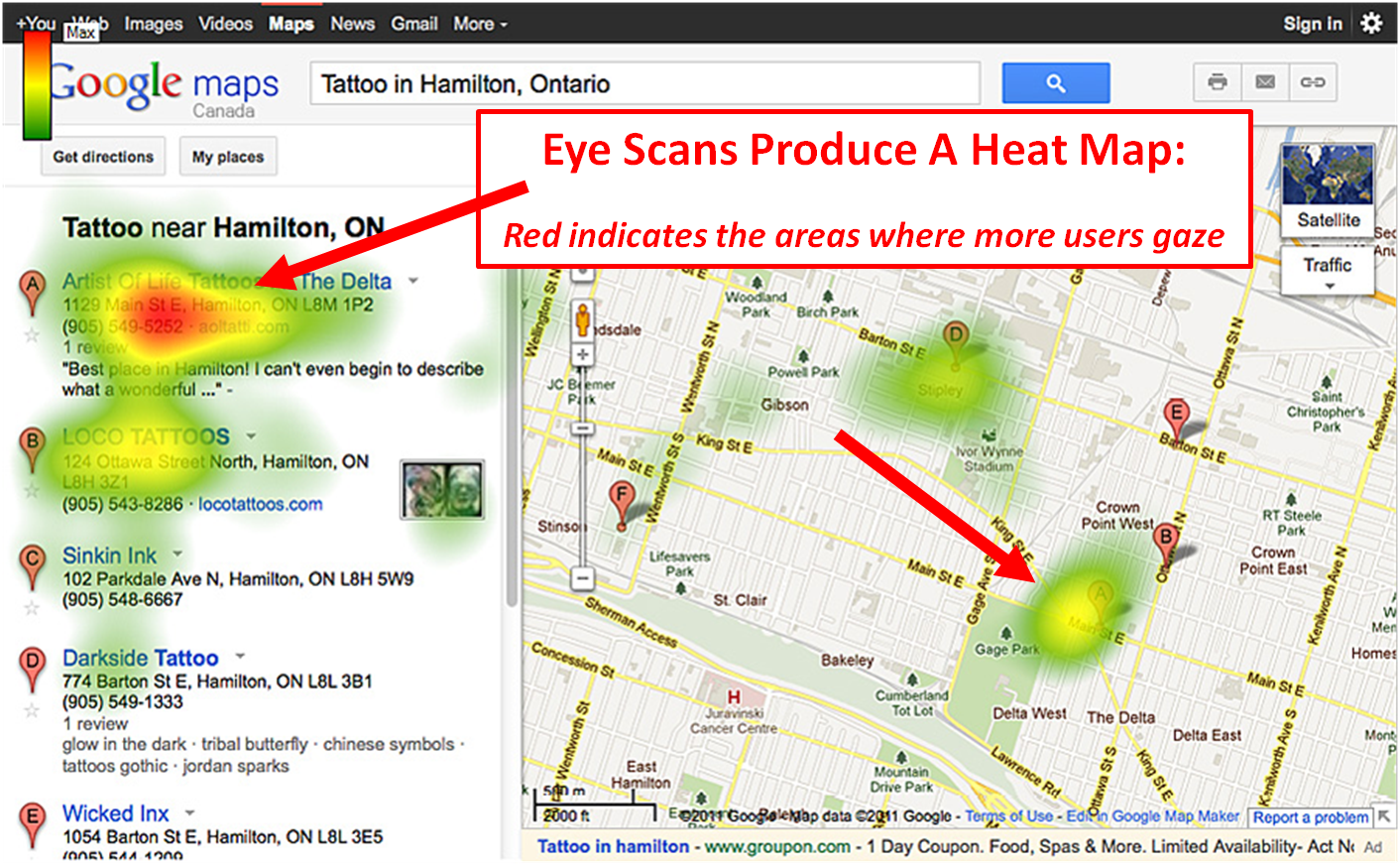What is Search Engine Optimization?
Search Engine Optimization – SEO
Understanding Search Engines
You may have heard the term “SEO” which is an acronym for Search Engine Optimization. By ‘optimizing’ your social media sites, Social Networking sites, blog posts, videos and articles you have a chance of ranking higher (first pages) on search engines like Yahoo and Google.
In 2007, Google accounted for 70% of all search traffic in the United States.
Search Engine Optimization is a science in itself and is a constant battle to maintain a high ranking and drive free traffic to your website. A sneaky way of avoiding the competition is to build a strategy for stealing all of the traffic that no one is paying attention to. That is how the little fish competes with the big fish.
The most popular search terms are very competitive and it’s very difficult to achieve high rankings if you use them in the titles and bodies of your website content.
Living in the Long Tail
To put this into perspective, let’s use a real world example. Let’s imagine you want to search for the term “Carpet Cleaning” in Google.
Example Search Term: “Carpet Cleaning”
The term “Carpet Cleaning” has been searched for 1,500,000 times in the past 30 days…on Google alone. Yahoo search volume is typically less than half that of Google.
There are over 5,000,000 websites that contain the exact phrase ”Carpet Cleaning”. Trying to compete on the search engines with a new website would be futile – there are too many strong competitors! Our approach is going to fly under the radar. We do this by looking at keywords phrases called “Long Tail Keywords” that include the word “Carpet Cleaning”.
Example Long Tail Keyword: “Phoenix Carpet Cleaning”
This keyword phrase was only searched for 2,900 times in the past 30 days, however, it only appears on 8000 websites. With those statistics we have a much better shot at getting our web content on the first page of the search engines.
In order to drive serious traffic using these little known Long Tail Keywords, we must collect 15-20 and integrate them into our web content. This means using them in our blogs, articles and videos.
Best practice teaches to use the exact Long Tail Keyword phrase in the title of the blog, article or video and then use it 3 times in the body.
The other half of the traffic equation is how many other websites view your site as having relevant information. The search engines believe a website is more “relevant” when other sites add your link to their site.
More links = Higher Search Ranking
Having more links will not only yield more traffic to your website but will also push your website higher on the search engine ranking page.
There are several strategies for doing this. You can ask other website owners to cross link, you put their link on your site and vice versa. Or, you can use the other free websites described in this chapter to point back to a central website.
I recommend the central website be a blog because it is the most familiar way to start a community/relationship site.
To learn more about search engine optimization and how your business can benefit, contact Halo Effects, an Arizona internet marketing firm for a free assessment of your website.

